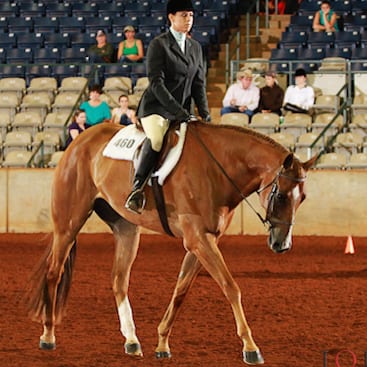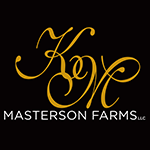Patterns over the years have become increasingly sophisticated, especially with the advent of computer generated drawings. Yet patterns still leave much interpretation to the reader. There was a time not too long ago that patterns were hand drawn by the judge sometimes after he or she arrived at the horse show.
Today, there are proprietary ventures that make patterns look pretty on paper and are easily downloadable, but that does not guarantee the reader/rider will find all patterns easy to interpret or obvious to ride. There are still a few of us who take pride in creating special patterns to test specific skills sets, and while the advent of computer drawings has helped make the patterns prettier on paper, it is still impossible to draw a pattern precisely as it should be ridden. Circles become elongated to display them separately, centers get moved to pile on maneuvers and you see where this is going.
Created to assess an exhibitor’s ability to ride, patterns are designed to give judges the tools they need to evaluate each rider. The combined diagram and verbiage aim to give judges a method to separate the skill levels of the riders they are judging.
Sometimes, judges arrive at the horse show and are handed a set of patterns that none of them chose. They could be looking at 60 horsemanship riders with a straight line pattern that the most novice of riders is capable of performing, or maybe one of the judges chose a pattern from a website that looked great on paper to find it does not ride well. Perhaps, like me this last weekend, they get to the horse show to discover that the pattern description they toiled over does not match the written directions. I, inadvertently left a complete circle out of my drawing….
Sometimes patterns are too difficult for the exhibitors and sometimes not tough enough. Rarely do judges know the inappropriateness until it is too late to make a change, especially if management has chosen the patterns.
Regardless of the situation, riders should understand the purpose of the pattern: to test the rider’s ability to ride their horse! Part of the outcome will be based on the exhibitor’s ability to lay out the pattern, but the bigger part of the pattern is the actual test that the pattern provides for the individual horse and rider team. Judges want to see whether the rider has the capacity to do more than look pretty on a horse. They are looking for the exhibitor that can feel, communicate and connect with a horse by choreographing the prescribed pattern.
In other words, if the pattern calls for two circles to the right, the first at a trot and the second at the canter, the circles cannot be drawn on top of one another. On paper, they must be drawn one larger than the other. In showmanship, you cannot properly depict a stop, back, turn and set up all in the same track on paper. Yet, that is exactly what the judges expect. The size of a hand gallop circle is different for a 15 hand horse than it is for a 17 hand horse.
The point is–judges are looking for riders who are capable of interpreting the pattern and laying out a pattern that is appropriate for their horse. A rider’s job is always to make the horse look good – no matter the class! The horse is not just a prop to show off a rider’s pretty attire.
Alex Ross, Director of Judges for AQHA puts the following notation on the bottom of all AQHA World Championship patterns: “NOTE: The drawn description of this pattern is only intended for the general depiction of the pattern. Contestants should utilize the arena space to best exhibit their horses.” This statement reiterates the point of this article.
Literal people may find this difficult but a rider’s interpretation is part of the test. It is also why I have taken cones out of my patterns. I love seeing how riders choose to ride their horse. Judging riders, watching the horse and rider teams put together a good ride, is still a great gig.
The pattern with the missing circle has been corrected. I count on you–the exhibitor to point out future shortcomings in my presentation of patterns. Best of luck to all of you as you prepare for a busy season of horse showing. Have fun and happy riding.
About Stephanie Lynn: Professional Horseman Stephanie Lynn coached her first AQHA World Champion in 1988. She has since coached, trained and shown World, Congress and Honor Roll horses across disciplines. She is a judge for AQHA, NSBA and APHA and has judged World Championship shows for each association. Most recently, Stephanie is the author of The Good Rider Series and A Lifetime Affair: Lessons Learned Living My Passion. The Good Rider Series is a library of resource material that is both practical and applicable in the barn and show ring for riders. Stephanie can always be reached through her website: http://www.stephanielynn.net to answer your questions, schedule a clinic or lesson.









